 I took the summer off to take care of other business and regroup my forces. I also hoped to relax, but the total lunacy that surrounds us now — which began with The Donald descending the Trump Tower escalator in 2015 and has mainlined steroids — made that impossible, at least mentally.
I took the summer off to take care of other business and regroup my forces. I also hoped to relax, but the total lunacy that surrounds us now — which began with The Donald descending the Trump Tower escalator in 2015 and has mainlined steroids — made that impossible, at least mentally.
No man in all of American history has ever failed upward more precipitously than Donald J. Trump, nor done as much damage to the nation along the way. And he’s not even on trial yet for his crimes, much less in jail, where he’ll wind up. Between his ongoing rampage, the accompanying radicalization of the Republican Party, the collusion of the packed Supreme Court, and the primal screams of the wingnut right, along with the marauding gangs of treasonous insurrectionists, I feel as if I’m watching the dismantling of democracy in real time. Exhausting. Scary.
Not to mention the plethora of willful unintelligence concerning the pandemic, medical science, and common sense that daily verifies Richard Kirstel’s sage observation: “Ignorance is a condition; dumbness is a commitment.”
So how was your summer? Did you have a nice Labor Day weekend?
•
Given the havoc that social media has wreaked, never more so than during the Trump era and at his hands, should we give thought to abandoning this technology? Perhaps we might at least engage with that as a possibility. See “Why some biologists and ecologists think social media is a risk to humanity,” by Shirin Ghaffary, Vox.com,
•
Long-term readers of Photocritic International will remember that, back in this blog’s salad days, I covered at length and responded to the brouhaha over California housepainter Rick Norsigian’s claim to have purchased 65 Ansel Adams glass-plate negatives at a yard sale in 2010. The story went more or less viral, ultimately involving the Ansel Adams Trust, the Center for Creative Photography at the Univ. of Arizona, Tucson, and a flock of major and minor characters: Norsigian, convicted felon and L.A. gallerist David W. Streets, flamboyant attorney Arnold Peters, “Wild Bill” Turnage of the Adams Trust, and a dozen others. (For an index page with links to the complete coverage, click here.)
Melinda Pillsbury-Foster became a recurrent character (I use the term advisedly) in this melodrama. A journalist herself and granddaughter of pioneering photographer and cinematographer Arthur C. Pillsbury, she got involved due to her conviction that her forebear had actually made the Norsigian negatives. Pillsbury ran a large and successful photo studio in Yosemite National Park that mysteriously burned to the ground after one Ansel Adams apprenticed there; Pillsbury opted not to rebuild, and Adams effectively took over the extremely profitable Yosemite photo franchise.
Pillsbury’s descendant has become convinced that Ansel himself set — or commissioned the setting of — that fateful fire, and has now laid out a case for Ansel Adams as arsonist in a series of articles at the Arthur C. Pillsbury Foundation website that she publishes and edits. Here’s her article about her connection (and her grandfather’s) to the Norsigian negatives. Here’s the article proposing that AA burned Pillsbury out. And here’s a link to an article detailing peculiar and suspicious interactions between the National Park Service and the Pillsbury family.
I intend this simply as an addendum to the earlier coverage, not an endorsement of (but also certainly not a refutation of) Pillsbury-Foster’s claims. Definitely worth reading. Where there’s smoke there’s often fire. And, as Honoré de Balzac once put it, “The secret of grand fortunes without apparent cause is a crime forgotten, for it was properly done.” (“Le secret des grandes fortunes sans cause apparente est un crime oublié, parce qu’il a été proprement fait.” — Le Père Goriot, 1835.) Often paraphrased as “Behind every great fortune lies a great crime.”
•
Michael Becotte’s Bella Roma
Back in 2002 the American photographer Michael Becotte commissioned from me an introduction to a monograph he called “Bella Roma,” comprised of black & white images he made while teaching in Rome from 1985 through 1986.
He got as far as printing the plates for the book and then, for reasons of his own, shelved the project. After querying his once about its status in the interval, I completely forgot about it.
Last year he decided to revive and complete it. The result is now available, complete with my introduction (now almost 20 years old), which I titled “Foreign Exchange: Michael Becotte’s Bella Roma.” Published under the imprint of Becotte’s own Zora Press, it’s now available on Amazon.
From my introduction:
… the “Bella Roma” of Michael Becotte’s suite of penetrating small-camera glimpses represents a version of “Rome the beautiful” that conforms to nothing any guidebook or travel agency would even recognize: a ratty, grubby, almost claustrophobic network of streets and squares that function collectively as a palimpsest for the placards, graffiti, and litter of its natives and visitors alike. No Vatican, no Coliseum, no Forum, no Michelangelos, no Berninis, no perfect plazas, no expansive views: just the dingy, decrepit sidestreet stalls, sloppily glued-up posters, scribbled slogans, and trash-strewn sidewalks of the generic inner city worldwide.
Was it ever otherwise? …
Here’s a video interview with Becotte from 2013, produced by Senior Artists Initiative, a nonprofit organization that strives to preserve the heritage of recognized artists in the Philadelphia (PA) region.
•
An eBay seller from Sweden who identifies himself as harrylikom_0 offers an array of new 8×10 copy prints of vintage photographs using the descriptor (new to me) of “oldered” — by which, apparently, he means that he or his supplier have artificially aged them, presumably by soaking them in sepia toner or tea or coffee or some other colorant. A charming neologism that we will likely see adopted by dealers and gallerists in the coming years.
But of course it has a much wider potential use. For instance, it perfectly describes my self-perception in relation to my field: the current generation of professional colleagues has definitely oldered me. Brings to mind the famous refrain from octogenarian Bob Dylan’s “My Back Pages”: “Ah, but I was so much oldered then / I’m youngered than that now.”
•
NU21
For the past four years, I have provided commentary on a shifting set of collaborations between a photography program at Yrkesinstitutet Prakticum in Helsinki, Finland, which sponsors and organizes the project, and other programs for vocational education students in the Nordic countries.
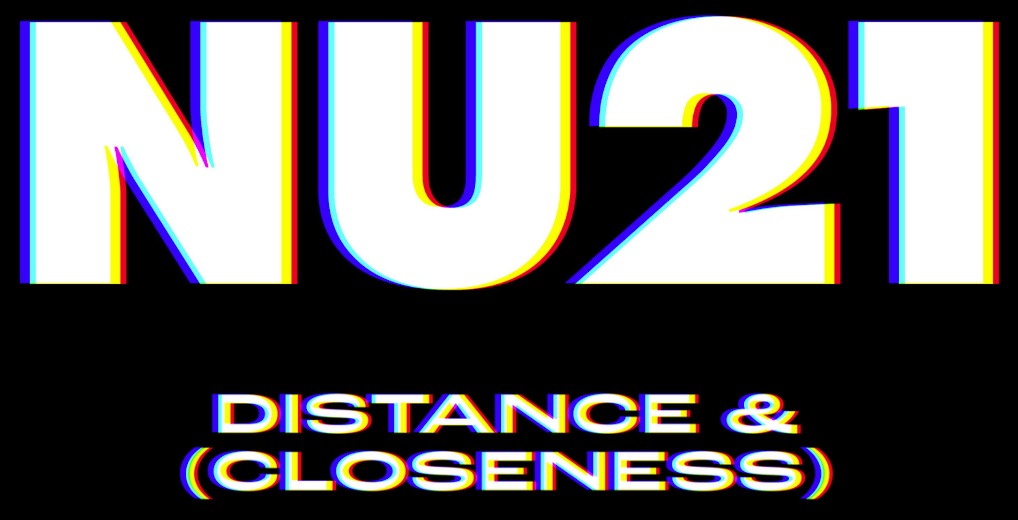 These take the form of physical exhibitions while also going online, in both forms under the rubric “Nu” plus the year. So they titled this one “NU21.” Its theme was “Distance (& Closeness).”
These take the form of physical exhibitions while also going online, in both forms under the rubric “Nu” plus the year. So they titled this one “NU21.” Its theme was “Distance (& Closeness).”
You’ll find my response to it here, titled “How Far is Away?” From the introduction:
I write this in early February from my New York City home, far from Finland and Sweden. Yet I have lectured, taught, and published in both countries since the early 1990s, concentrating on the photography scenes in both countries. And this is the fourth time I have introduced this unique NU collaborative project, one of the ways in which I keep current with the zeitgeist of emerging photographers there.
This moment marks almost exactly a year since bits of news about a deadly virus with origins in China began to surface and circulate. …
•
I have numerous posts for this autumn and early winter lined up on the runway, with others in various stages of production. Coming over the next months
- My own ruminations on various subjects.
- More digging from the Capa D-Day team.
- Guest Posts on other subjects.
- Archival blasts from the past.
So, if you’re a subscriber, check your email inbox for announcements of new posts. And if you haven’t yet subscribed, please do. You can use the field at the top of the left-hand column for that.
•
This post supported by a donation from Arthur Ollman.
•
 Special offer: If you want me to either continue pursuing a particular subject or give you a break and (for one post) write on a topic — my choice — other than the current main story, make a donation of $50 via the PayPal widget below, indicating your preference in a note accompanying your donation. I’ll credit you as that new post’s sponsor, and link to a website of your choosing.
Special offer: If you want me to either continue pursuing a particular subject or give you a break and (for one post) write on a topic — my choice — other than the current main story, make a donation of $50 via the PayPal widget below, indicating your preference in a note accompanying your donation. I’ll credit you as that new post’s sponsor, and link to a website of your choosing.
And, as a bonus, I’ll send you a signed copy of my new book, poetic license / poetic justice — published under my full name, Allan Douglass Coleman, which I use for my creative writing.


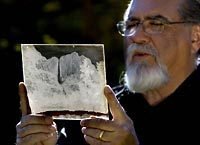
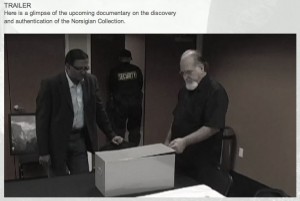
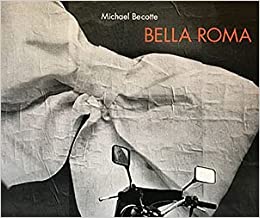
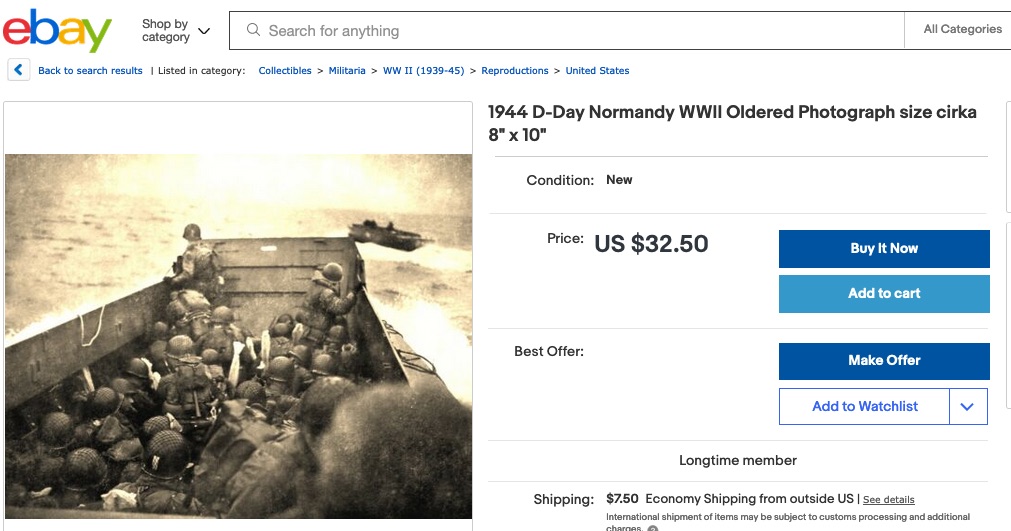




I am absolutely delighted by the salacious theory that Adams burned his predecessor’s business down. I’m going to have to dig in to it.
I learned in the last couple of years that he feinted at emulating Weston’s habit of trading in older attractive women for younger models until his wife nixed the plan by simply refusing to divorce him. I feel like his heart probably wasn’t in it, so I am dubious about the arson story.
From my understanding, based on his autobiography — Ansel Adams, an Autobiography, Mary Street Alinder (1985) and other sources — AA was pretty much asexual. But I may simply not have read what you have.
Also, nudes form a substantial component of Weston’s oeuvre. Not surprisingly, he slept with many of the women he photographed. To the best of my knowledge, Adams rarely if ever made nudes. So he’d have had no professional reason to have attractive young women around.
Be that as it may, unless you’re assuming some psychological connection between sexuality and fire-setting in AA’s case, I don’t see how a lack of sexual energy would lessen the likelihood of him setting a fire (once) for financial and professional profit.
I should add that, as Pillsbury-Foster points out, at the time of the fire that destroyed Arthur Pillsbury’s Yosemite studio AA had already married Virginia, who effectively provided him with an alibi for the night of the conflagration.
Alinder’s book on f/64 remarks in passing that Adams fell in love with an assistant at some point, and requested a divorce from Virginia with the intention of proceeding (in some sense) with the assistant. The request was, um, denied.
My implication vis-a-vis the fire Pillsbury’s studio was meant to suggest merely that Adams seems consistently to have been more along the lines of thundering letters to the editor, and less along the lines of direct action.
This is, I feel, consistent both with his thundering away in writing from time to time, and his (apparently) fairly meek collapse in the face of Virginia’s refusal to divorce.
I’ve kinda relied on you for timely words strung together in a fashion that is illuminating for some time. To augment the potential of the Nearby Café I’m re-reading “DoF,” and “Light Readings.” Being older in a world of half-baked ideas that still get play… disappointing. Just checking to see if you add to this site regularly in order for me to return to the spring and ponder.
If you’re asking whether I continue to add material to the other sections of The Nearby Café, the answer is no. They contain older material by me (and several others) on a variety of subjects, some of it dating back to the mid-1990s. I consider it worthwhile to keep that material available for anyone interested, but have let those sections and subsections go static.
If you’re asking whether I post new material (and some archival material) to this blog, Photocritic International, on a regular basis, the answer is yes. Since initiating it in spring of 2009 I have posted over 630 pieces here, most of them substantial and most of them mine. (That total includes a considerable number of Guest Posts by others.) By the end of 2021 this year’s output will average a new post every other week. I should add that these are mostly long-form essays, not recitals of what I had for lunch.
To access this backlog of material, you can use the search field in the right-hand column of each page or the drop-down menus just below that. On the horizontal menu just below the blog logo, toward the left-hand side, “Major Series” will get you to index pages for the stories/issues to which I’ve devoted extended attention over the past decade-plus.
Clicking on the photo of Robert Capa at the top of the right-hand column will get you to an index page for “Alternate History: Robert Capa on D-Day,” the online journal of the long-running, prize-winning research project that I and a team of volunteer collaborators have conducted since 2014. (You can also reach it via the url forwarder https://capadday.com.)
Finally, clicking on the blog logo at the top of the page will take you to the most recent post. Clicking on that post’s headline will take you to a version of it that includes the Comments box.
Enough to keep you pondering for awhile, I hope.